nvesting in a water purifier has become a necessity because of the ever-increasing water contamination. Being an important appliance related to health, it is very important to take some time to analyze and choose the best water purifier within your budget.
So, we have provided 4 decision-making factors in the below guide that helps you analyze the models and choose the best.
4 factors you need to know to make a perfect buying decision
Factor 1. types of water purifiers popular in India
Water purifiers are available in different variants that include UF (Ultra-Filtration), UV (Ultraviolet) and RO (Reverse Osmosis). Some of the models come with a combination of purification technologies like RO + UV. Each of these purification methods have their own set of benefits and drawbacks. We have mentioned brief details below for your reference
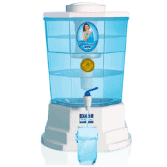
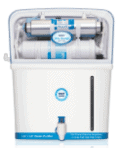
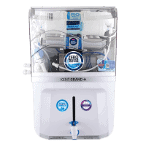
Factor 2. Choosing as per the TDS Levels of the water source
As you are now aware of the purification technologies, we shall now learn how to decide the purification technology based on TDS levels. Below is a brief explanation of common water sources in India.
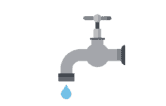


What is TDS?
It represents the concentration of dissolved contaminants available in the water. Water with higher TDS levels usually has impurities like fluoride, lead, arsenic and others. But if TDS levels are too low, then the taste of water will be terrible to drink. So, it is important to maintain proper levels of TDS while purifying. TDS levels in water are usually measured using a digital TDS meter and represented in PPM (parts per million) or mg/L. For more information on how to measure TDS levels, read our guide here.
You can find the best TDS meters here.
Factor 3. Consider Right Storage and Purification Capacity
This is the next important factor to consider before purchasing a water purifier for your office or home.
The process of purification takes time. Instead of this waiting period, manufacturers have provided storage tanks in most of the purifier models. This tank will collect the purified water. It is helpful for people who live in an area with frequent power cuts and unreliable water supply.

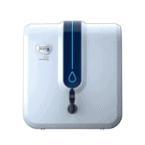

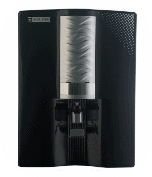


Purification capacity or flow rate represents the quantity of water purified by the purifier in an hour. It is mostly represented in terms of liters per hour. An ideal flow rate depends on your family’s average water consumption. For most of the Indian households, 12 to 15 liters capacity is suitable. Usually, most of the RO purifier models provide the same flow rate capacity. However, some of the high-end water purifier models can provide more than 20 liters/per flow rate as well. So, analyze your requirements properly to make the right choice.
Factor 4. Other Essential Features to look for
Below, we have mentioned some additional factors that support the water purifiers in terms of quality and efficiency.
1. Tank Material
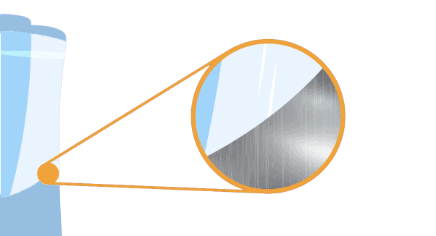
Plastic tanks are pocket friendly, but germs can resurface. Stainless steel tanks offer longer periods of safety but are costlier.
Considering tank material is important as it is where the purified water is stored. Most of the water purifiers have stainless steel water tanks or ABS plastic food grade tanks. Among them, stainless steel is more durable. Along with that, make sure the tank has proper sealing to avoid external contamination.
2. TDS Controller
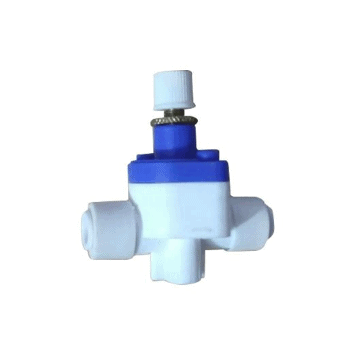
TDS Controller checks the water quality of output
This feature is present in some of the RO water purifiers. Usually, RO purification removes 90% of the impurities that include some of the essential minerals and salts as well. Removing essential minerals will make the water less useful to your body. To resolve this issue, manufacturers have added a feature called TDS controller. This feature will check and control the level of minerals and dissolved salts present in the purified water.
3. EAT Technology (Electro Adsorption Technology)

EAT includes five stages of purification which is available in both electric and non-electric models. Some of them also have storage tanks. They are suitable for purifying water with less than 500 PPM levels. The five stages of purification are mentioned below for your reference.
1. EAT Technology (Electro Adsorption Technology)
EAT includes five stages of purification which is available in both electric and non-electric models. Some of them also have storage tanks. They are suitable for purifying water with less than 500 PPM levels. The five stages of purification are mentioned below for your reference.
First Stage – It contains an external pre filter which is capable of removing silt, dirt, silica, and dust. This also removes the lifespan of the filter.
Second Stage – It contains a mechanical filter with sediment mesh. It filters dirt and other suspended solid particles.
Third Stage – It has an electro adhesion filter which removes impurities with negative charge, microorganisms and cysts.
Fourth Stage – It comprises Ion exchange with specially activated carbon granules. It is capable of removing heavy metals like arsenic and lead.
Fifth Stage – The final stage contains electro adsorption that eliminates harmful chemicals like endotoxins, chlorine and pesticides.
4. Water Wastage or Recovery
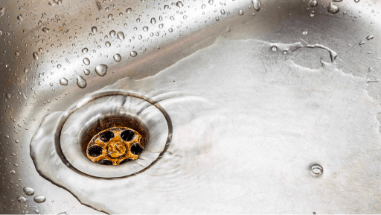
Some RO models can waste up to 75 to 80%
All the RO water purifiers waste almost 3 liters of water to provide 1 liter of purified water. Some models can waste up to 75 to 80% while some models can purify up to 50% of input water. Considering the global water crisis, it is important to choose RO water purifier only if it is required. If the TDS levels are less than 500 ppm, then it means water doesn’t contain any heavy metals or harmful chemicals. So, gravity-based, UV or UF water purifiers would be sufficient. If RO water purifier is your choice, then we recommend purchasing it from a brand that provides models with higher water recovery ratio.
5. Warranty and After-Sales Service
Warranty

Most water purifiers come with a one-year warranty on the product
Water purifiers need regular maintenance. So, having after-sales support is very important. So, choose a brand that comes with good customer support. Along with that, check the initial warranty period as well. Make sure it has at least 1-year warranty. Some of them provide extended warranty as well which is beneficial.
6. Check for Most Trusted Brands in India









Things need to know On First Use
Similar to any other machine, a water purifier requires regular cleaning and maintenance. Some people overlook the maintenance part which results in wasting money on repairs and replacements. If the water purifier is maintained properly, then it will enhance the longevity of the appliance. And moreover, you will not face many issues with the water purifier.

